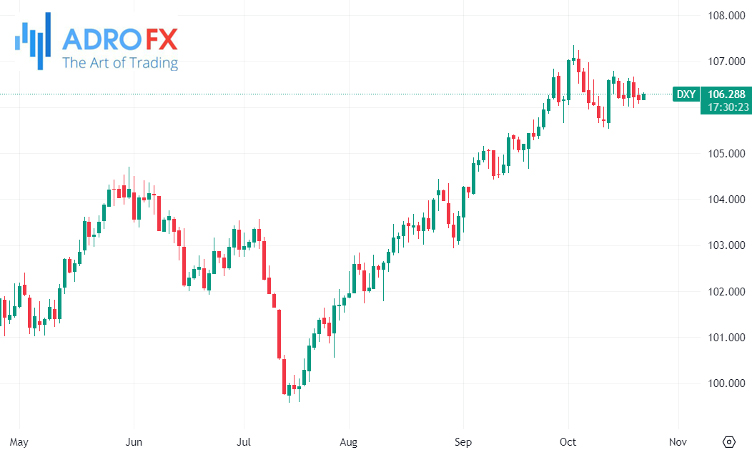Markets React to Geopolitical Tensions and Tech Earnings Projections | Daily Market Analysis

Key events:
- Australia - RBA Assist Gov Bullock Speaks
- Eurozone - ECB President Lagarde Speaks
- USA - S&P Global Services PMI (Oct)
On Friday, the stock market experienced a decline as investors turned to safe-haven assets like gold and Treasurys due to concerns about the ongoing conflict between Israel and Hamas, which is approaching its third week and has the potential to escalate into a larger conflict.
Specifically, the Nasdaq saw a 1.5% decrease, reaching its lowest level since the end of May. The S&P 500 fell by 1.3% and closed at its lowest point since June, while the Dow Jones Industrial Average declined by 0.9%.
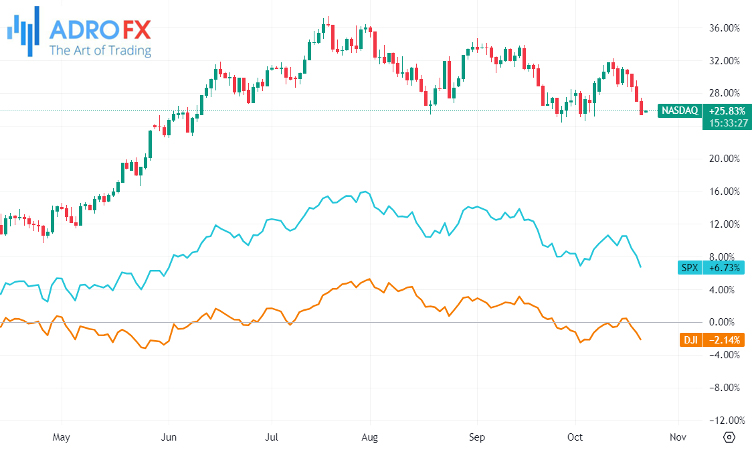
Meanwhile, the ongoing conflict between Israel and the Islamist group Hamas, with the potential to escalate into a broader regional conflict, continued to keep the markets on edge. Israeli airstrikes on Gaza early Monday, combined with the United States sending more military assets to the region, contributed to the heightened tension.
Looking ahead to the upcoming week, the focus will be on technology companies' earnings reports. Projections for earnings growth vary among these tech giants. For instance, Apple is expected to report a 4.8% earnings growth for Q3, while Meta and Nvidia are projected to report substantial earnings growth of 116% and 468%, respectively, for the same period. Investors are closely watching for indications that the AI (Artificial Intelligence) boom is translating into profits, which is particularly significant for Meta and Nvidia. Notably, Nvidia's earnings report is scheduled for next month. Companies like Microsoft and Alphabet also utilize AI technology, although to a lesser extent.
The earnings reports from these tech giants hold significant weight for the overall market, as they collectively represent 30% of the S&P 500's market value, a notable increase from the 22% they represented at the end of 2022. It's important to note that tech stocks typically have higher Price-to-Earnings (P/E) ratios compared to the rest of the index. For example, Tesla's P/E ratio was 55 times forward earnings last week, and both Microsoft and Apple had P/E ratios of 28 and 26, respectively, which are higher than their 10-year averages. Tesla recently reported weaker-than-expected revenues for the last week, amounting to $19.6 billion compared to $21.3 billion in Q2, and also announced a delay in its cybertruck production, which faced various challenges. The market reacted negatively to these developments, causing Tesla's shares to drop by more than 15% last week. This situation suggests that tech stocks with high valuations may face market scrutiny if they do not meet earnings expectations in the coming days.
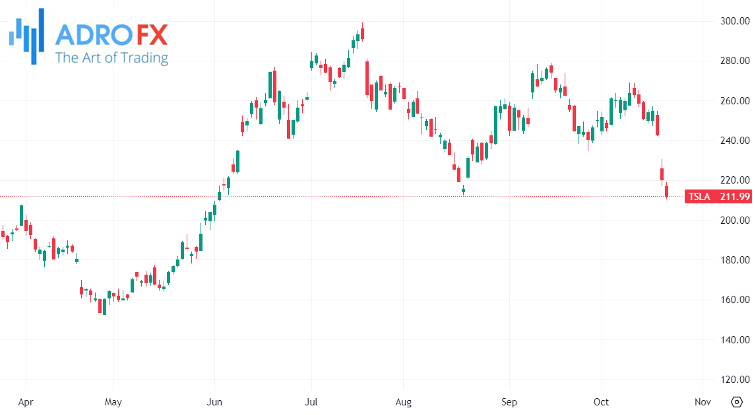
The Japanese yen gained attention in Asia on Monday, briefly weakening to the 150-per-dollar level before rebounding. This fluctuation occurred as investors, who were anticipating a further rise in US dollar yields, faced off against those who expected Japanese authorities to intervene in the currency markets.
The Japanese yen's last traded rate was 149.83 per dollar, having briefly touched 150.14 earlier on Monday. This level was last observed on October 3, when traders suspected the Bank of Japan's intervention to push the yen towards the stronger side of 150.
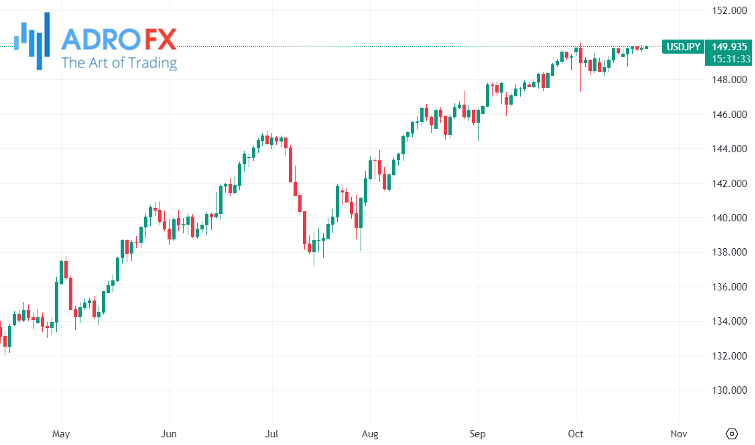
Looking ahead, the European Central Bank (ECB) is scheduled to meet later this week, and it's expected to maintain its current monetary policy. Weak German inflation data has led to expectations that the ECB may adopt a more dovish stance compared to other major central banks.
Additionally, upcoming economic events include US durable goods orders and preliminary October PMI reports for the UK, Eurozone, and the US. The week will conclude with the release of September's core PCE report, the Federal Reserve's preferred gauge of inflation. This report is expected to show a slight decrease, but any surprises could lead to significant market reactions across various asset classes.
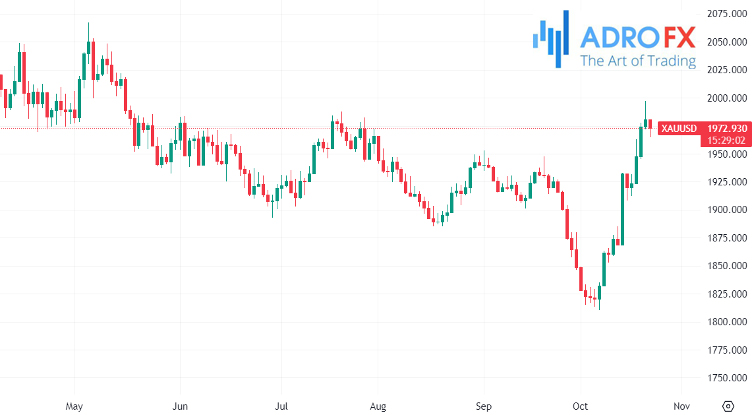
Geopolitical tensions continue to exert upward pressure on gold prices, which rose by more than 3% last week, edging closer to the $2,000 per ounce mark. In the foreign exchange market, the recent increase in US yields didn't result in a corresponding rally in the US dollar. The dollar index fell by nearly 0.4% last week, indicating the possibility of a short-term peak for the USD. This trend might also suggest that we are approaching peak Treasury yields, making it a situation to closely monitor.
